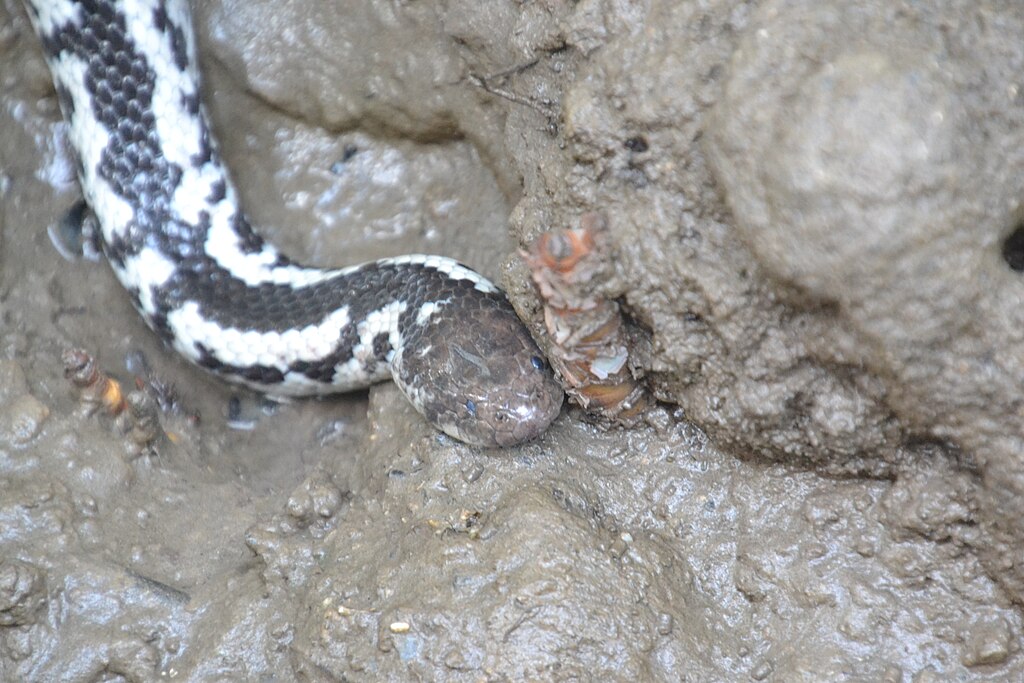The world of snake keeping is filled with nuances that can significantly impact the health and wellbeing of these fascinating reptiles. Among these considerations, substrate depth – the layer of material lining the bottom of an enclosure – plays a crucial yet often overlooked role. Different snake species have evolved in diverse habitats worldwide, developing specific behaviors and physiological needs that directly influence their substrate requirements. From burrowing desert dwellers to arboreal rainforest inhabitants, understanding why certain snakes require deeper substrate than others can make the difference between a thriving pet and one experiencing stress or health issues. This article explores the fascinating reasons behind varying substrate depth requirements among snake species and how responsible keepers can meet these needs.
Natural Habitat Adaptation
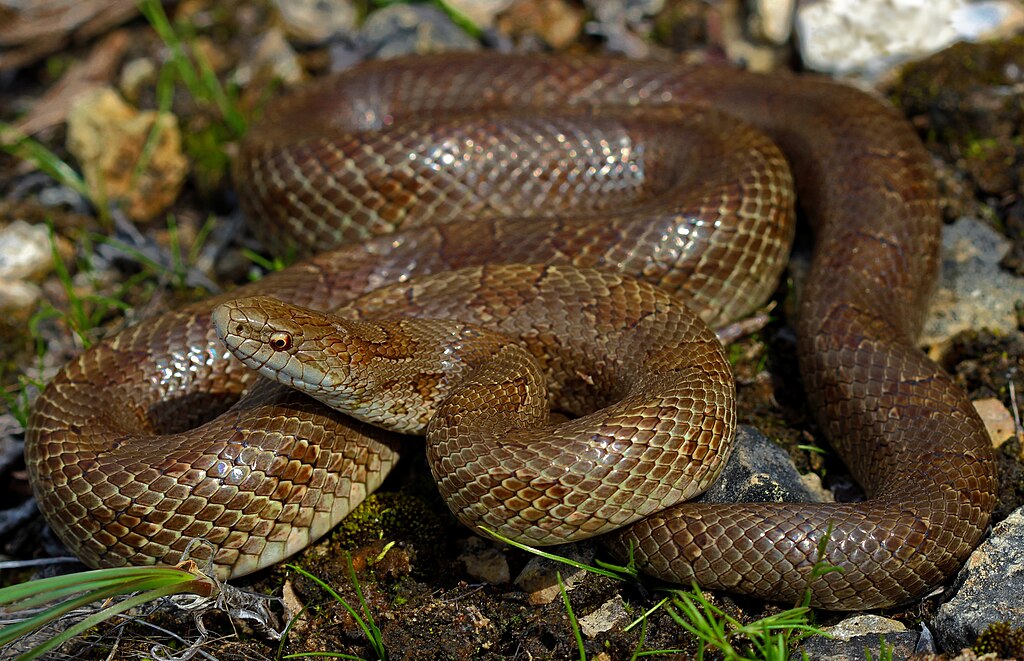
Throughout millions of years of evolution, snakes have adapted to thrive in specific ecological niches that shaped their behaviors and physical characteristics. Desert-dwelling species like sand boas have developed specialized scales and body shapes that allow them to “swim” through loose sand substrate, requiring several inches of depth to exhibit natural behaviors. Conversely, many tropical arboreal species like emerald tree boas spend minimal time on the ground in their natural habitat, reducing their need for deep substrate. Understanding a snake’s natural environment provides crucial insight into recreating appropriate substrate conditions in captivity. These habitat adaptations aren’t merely preferences but essential components of their evolutionary biology that directly impact their stress levels, immune function, and overall health.
Burrowing Behaviors and Physical Needs
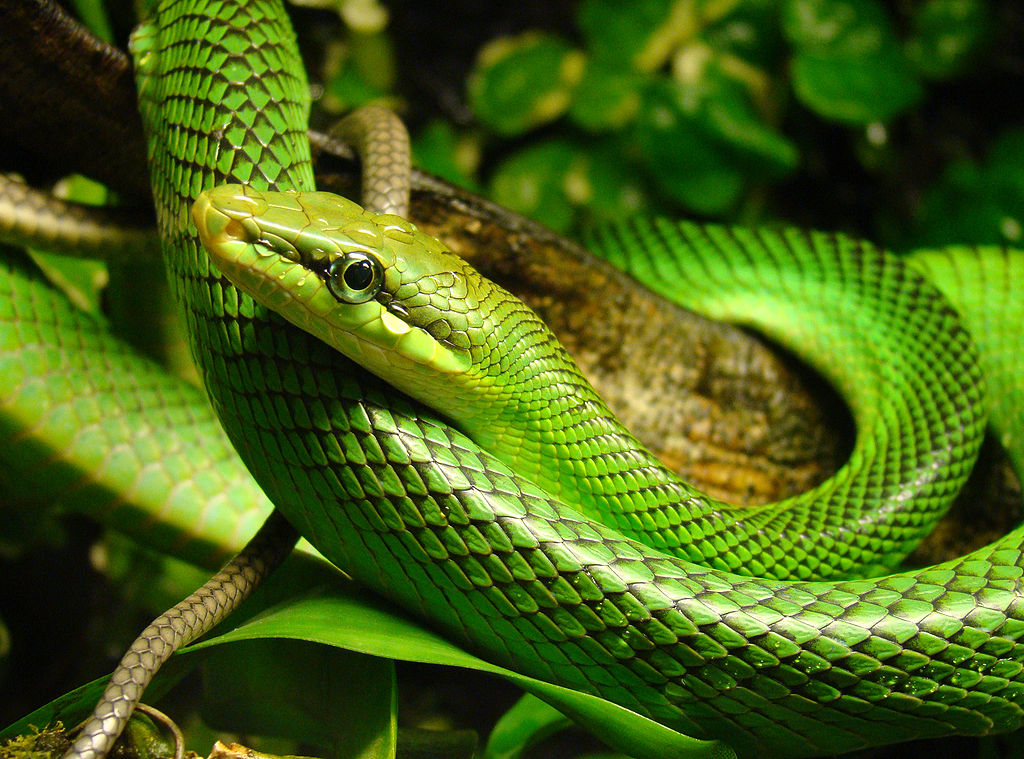
Many snake species are prolific burrowers, using this behavior for temperature regulation, predator avoidance, hunting, and stress relief. Species such as Kenyan sand boas, rosy boas, and children’s pythons possess specialized scale structures and muscle adaptations specifically evolved for moving through substrate with minimal resistance. Without sufficient substrate depth, these species cannot express their natural burrowing behaviors, potentially leading to chronic stress and associated health problems. For these snakes, a minimum of 4-6 inches of substrate is often necessary, with some species benefiting from depths reaching 8-12 inches to allow full-body submersion. The inability to burrow can manifest in problematic behaviors such as excessive glass surfing, regurgitation, and decreased feeding response, making appropriate substrate depth a welfare concern rather than just an aesthetic choice.
Thermoregulation Strategies
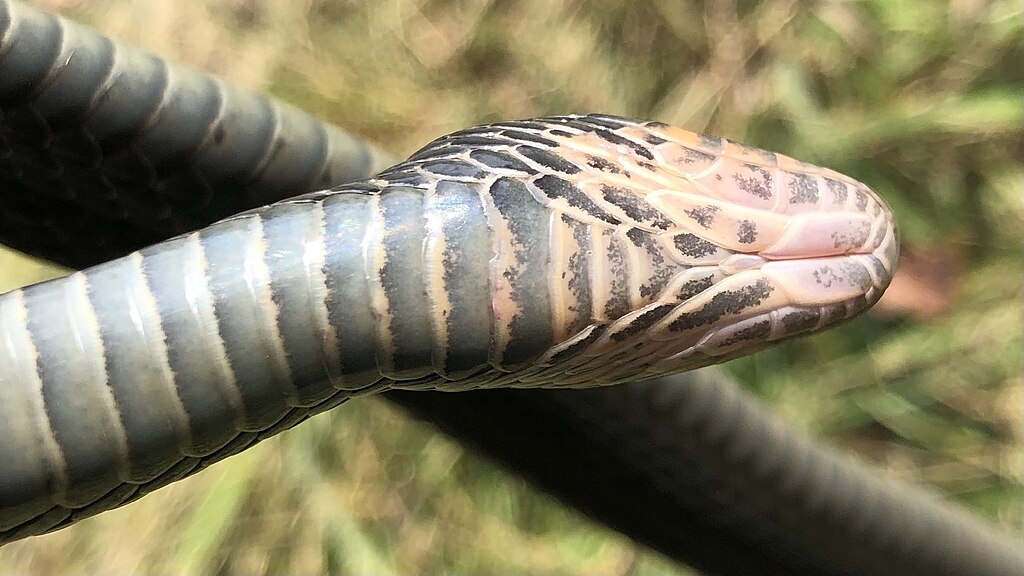
Substrate depth plays a vital role in a snake’s ability to thermoregulate effectively, particularly for species from environments with significant temperature fluctuations. Desert species often bury themselves to escape scorching daytime temperatures or retain heat during cold nights, requiring substrate deep enough to fully submerge their bodies. This thermoregulatory behavior creates a microclimate that helps maintain optimal body temperature despite environmental extremes. Insufficient substrate depth for these species can lead to thermal stress as they’re unable to escape temperature extremes, potentially causing digestive issues, lowered immune function, or even thermal shock. Species like hognose snakes and sand boas rely heavily on substrate depth gradients to create temperature zones that allow them to precisely regulate their body temperature throughout daily and seasonal cycles.
Humidity Retention and Shedding
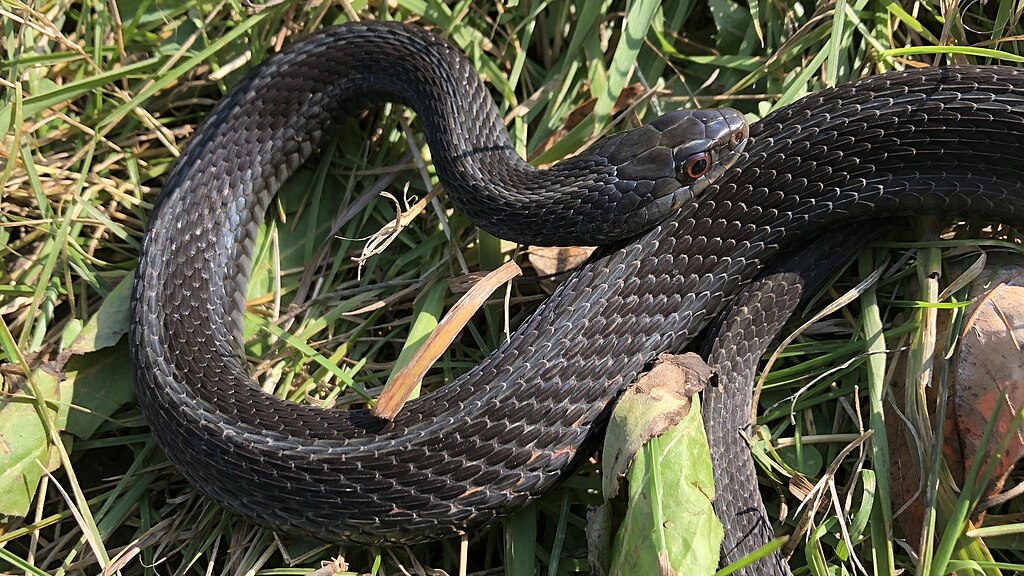
Deeper substrate often retains moisture more effectively, creating humidity gradients crucial for many snake species, particularly those from tropical or subtropical regions. Species like ball pythons and rainbow boas benefit from moisture-retaining substrates of adequate depth to maintain proper humidity levels necessary for successful shedding. Without this humidity resource, snakes commonly experience dysecdysis (improper shedding), which can lead to retained eye caps, constriction injuries, and secondary infections. Deeper substrate allows for maintaining dry surface areas while retaining moisture in lower layers, giving snakes the ability to self-regulate their exposure to humidity. For species requiring higher humidity, substrate depth works in conjunction with proper ventilation to create the balanced microclimate necessary for respiratory health while preventing problematic conditions like scale rot that can develop in consistently wet environments.
Security and Stress Reduction
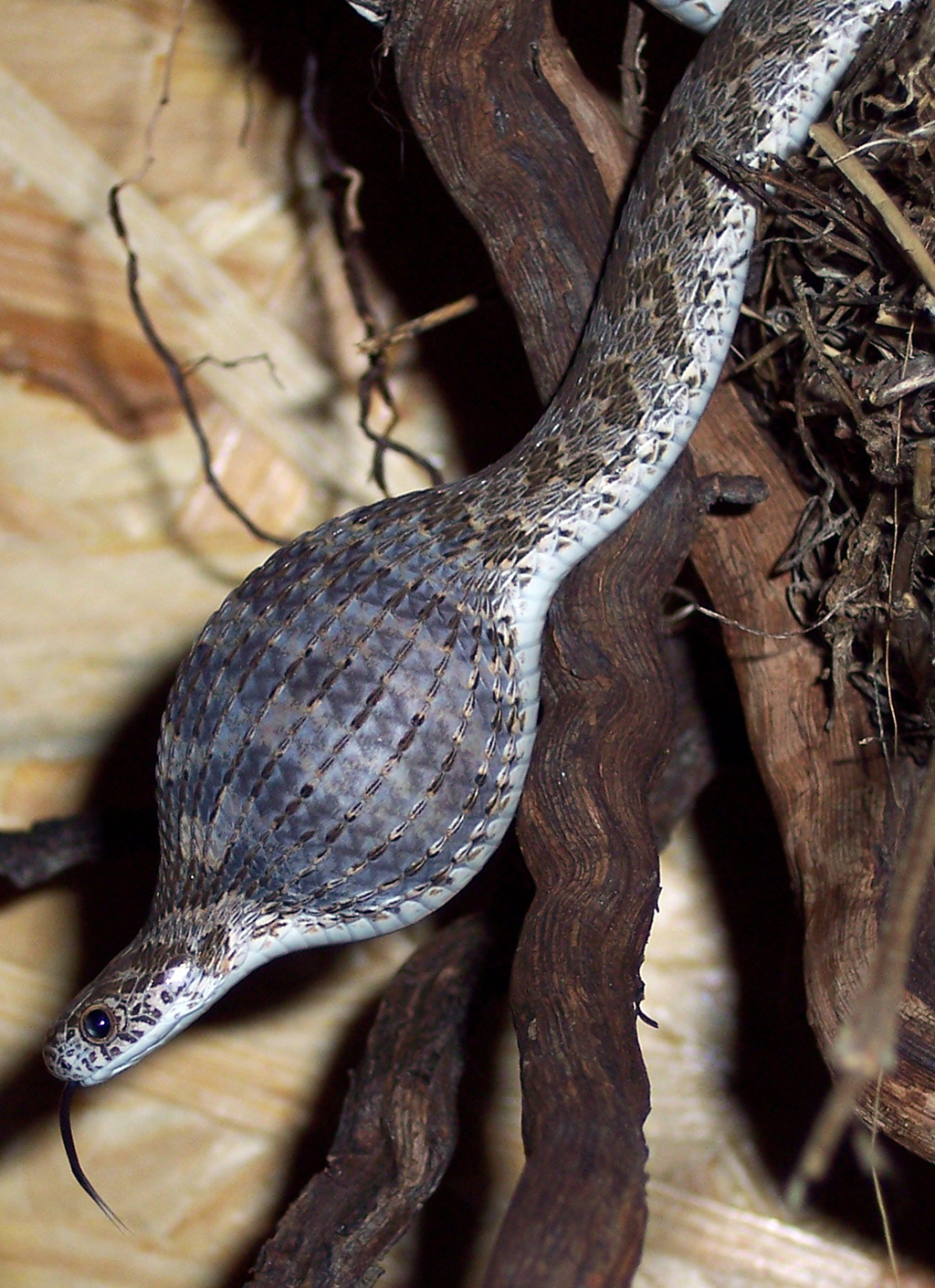
The psychological wellbeing of captive snakes significantly impacts their overall health, with many species using substrate as a security mechanism. Burrowing provides an escape from perceived threats and creates a sense of security essential for reducing chronic stress, which can suppress immune function and lead to disease. Species like children’s pythons, western hognose snakes, and Kenyan sand boas often retreat under substrate when feeling threatened, and the inability to do so can result in persistent stress responses. Studies have shown that providing appropriate substrate depth can reduce stress hormones in captive reptiles, manifesting in improved feeding, regular shedding cycles, and reduced defensive behaviors. For particularly shy or defensive species, substrate depth isn’t merely a preference but a critical component of their psychological wellbeing and long-term health.
Species-Specific Requirements: Desert Dwellers
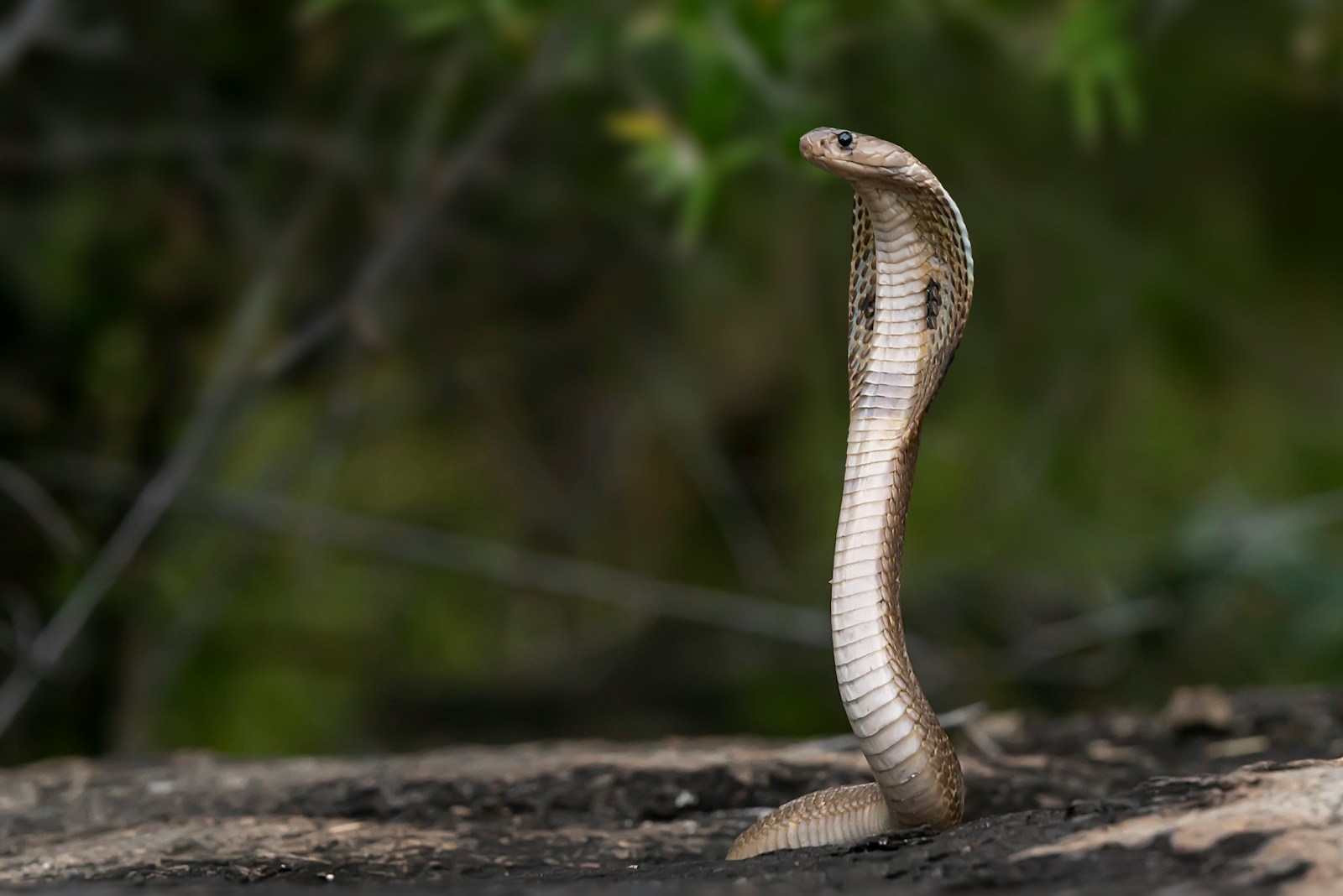
Desert-adapted snakes typically require the deepest substrate arrangements of all captive species, with their natural behaviors centered around sand or loose soil navigation. Sand boas (Eryx species) represent the quintessential burrowers, with specialized ventral scales and a cylindrical body shape evolved specifically for subsurface movement. These species require a minimum of 4-6 inches of substrate, with many keepers providing 8+ inches to allow complete submersion and natural hunting behaviors. Western hognose snakes (Heterodon nasicus) utilize their upturned snouts as specialized digging tools, requiring 3-5 inches of substrate to satisfy their burrowing needs. Sidewinder rattlesnakes and other specialized desert species have evolved their unique sidewinding locomotion specifically for navigating loose substrate, highlighting how fundamentally important proper substrate depth is to their behavioral repertoire and physiological needs.
Species-Specific Requirements: Forest Floor Dwellers
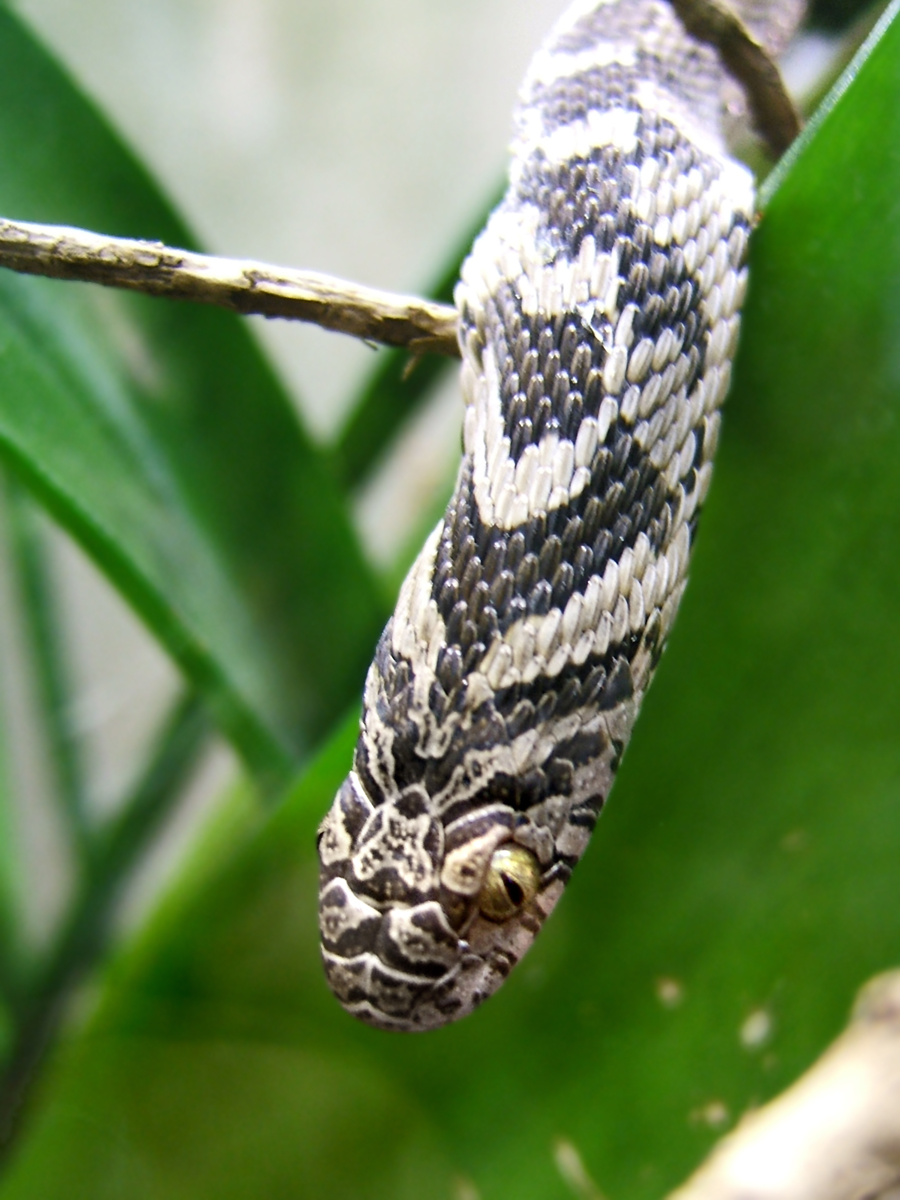
Forest-dwelling terrestrial snakes typically require moderate substrate depths that mimic the leaf litter, soil, and detritus of their natural habitats. Species like corn snakes, milk snakes, and king snakes benefit from 2-4 inches of substrate that allows for partial burrowing while maintaining some areas for surface exploration. These semi-fossorial species often burrow partially to regulate temperature and humidity rather than remaining fully submerged for extended periods. Ball pythons, despite their African grassland origins, frequently utilize rodent burrows in the wild and appreciate 3-4 inches of substrate that allows them to create shallow depressions or partially submerge themselves when feeling insecure. Forest floor species generally prefer substrate with some structural integrity that holds burrows rather than the loose, shifting substrates preferred by true desert species.
Species-Specific Requirements: Arboreal Species
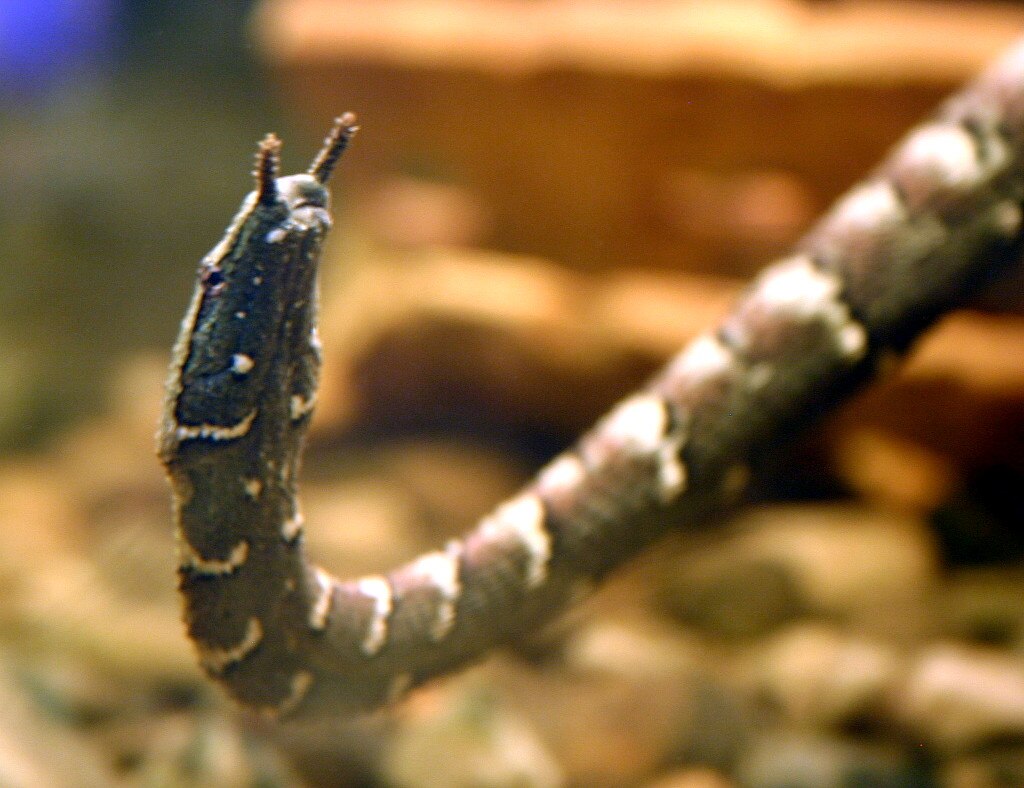
Truly arboreal snake species represent the opposite end of the substrate spectrum, requiring minimal depth compared to their terrestrial counterparts. Species like emerald tree boas, green tree pythons, and many arboreal colubrids spend the vast majority of their lives above ground in their natural habitats. For these species, substrate serves primarily for humidity retention, waste absorption, and occasional brief ground exploration rather than burrowing behaviors. A substrate depth of 1-2 inches is typically sufficient for arboreal species, with the focus shifting instead to providing appropriate climbing structures, perches, and vertical space. Though requiring less depth, substrate quality remains important for these species as they’re particularly susceptible to scale infections if exposed to consistently damp or soiled ground when they do descend to drink or explore.
Reproductive Considerations

Substrate depth takes on additional importance for breeding snakes, as many species exhibit specific nesting behaviors that require adequate substrate depth. Female sand boas, ball pythons, and many other species will actively seek out areas with sufficient substrate depth to create nesting sites for egg-laying or giving birth. Without proper depth, pregnant females may become restless, refuse food, or experience complications related to egg retention. Species that lay eggs often require at least 6-8 inches of substrate in nesting areas to allow for natural nesting behaviors and proper clutch placement. For viviparous (live-bearing) species like boa constrictors, adequate substrate provides security during the vulnerable period around parturition, reducing stress that could complicate birth.
Substrate Selection and Depth Interaction

The type of substrate used directly impacts the effective depth needed for various species, as different materials compress, retain humidity, and support burrows differently. Loose, particulate substrates like sand or fine aspen bedding compress significantly under a snake’s weight, requiring greater overall depth to achieve the same functional burrowing capacity as more structural options. Compressed coconut fiber (coir) expands dramatically when hydrated, changing its effective depth and requiring consideration when initially setting up an enclosure. For true burrowing species, substrates must maintain structural integrity to prevent tunnel collapse while being free from sharp edges that could cause injuries during digging. Some keepers utilize substrate layering techniques, placing materials with different properties at various depths to create optimal conditions for humidity retention, waste management, and burrowing behavior.
Enclosure Design Considerations
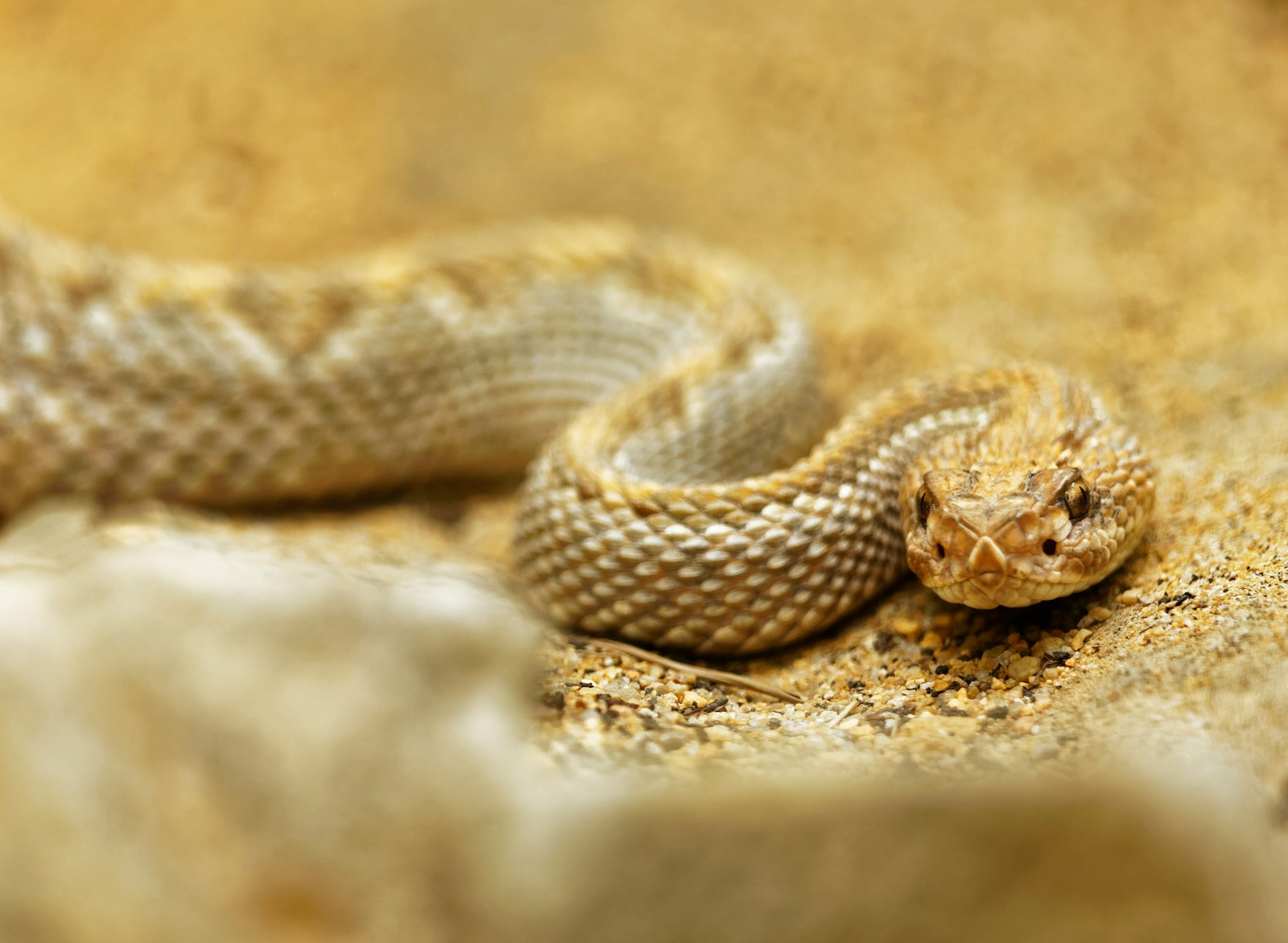
The overall design of a snake’s enclosure must accommodate appropriate substrate depth while maintaining other essential elements of proper husbandry. For heavy burrowers requiring deep substrate, front-opening terrariums often provide advantages over traditional top-opening enclosures by preventing substrate spillage and allowing access without disturbing carefully constructed burrows. Heating elements must be placed with substrate depth in mind, as under-tank heaters can become dangerously ineffective when covered by several inches of insulating substrate. Tall-sided enclosures specifically designed for deep substrate are becoming increasingly popular for burrowing species, featuring reinforced lower portions to withstand substrate pressure and prevent warping. Water dishes should be placed on solid surfaces or partially buried to prevent complete substrate contamination while remaining accessible to the animal.
Health Implications of Improper Substrate Depth
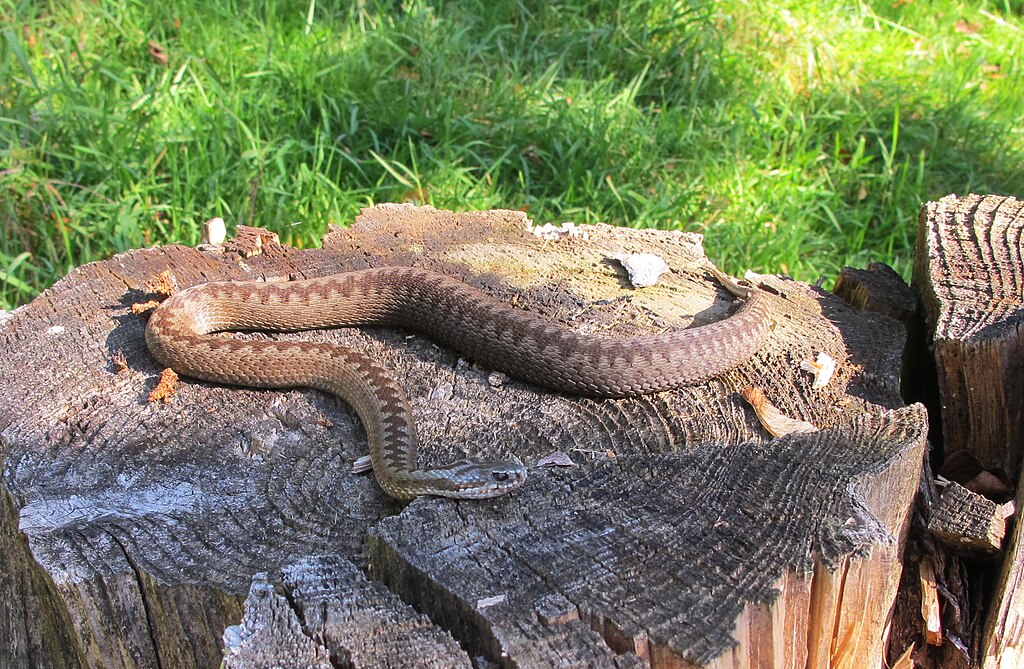
Providing inadequate substrate depth for species with specific burrowing needs can lead to various physical and psychological health issues over time. Chronic stress from the inability to perform natural behaviors can suppress immune function, making snakes more susceptible to respiratory infections, parasitic loads, and other opportunistic conditions. Species adapted for loose substrate movement may develop abnormal muscle tone or even deformities when forced to move exclusively on hard surfaces throughout development. Improper shedding resulting from inability to create humidity microenvironments through burrowing commonly leads to retained eye caps, which can cause vision problems and secondary infections if not addressed. The compounding effects of these issues typically manifest gradually, making it easy for keepers to overlook the connection between health problems and inappropriate substrate conditions until serious complications develop.
Practical Maintenance With Deep Substrate
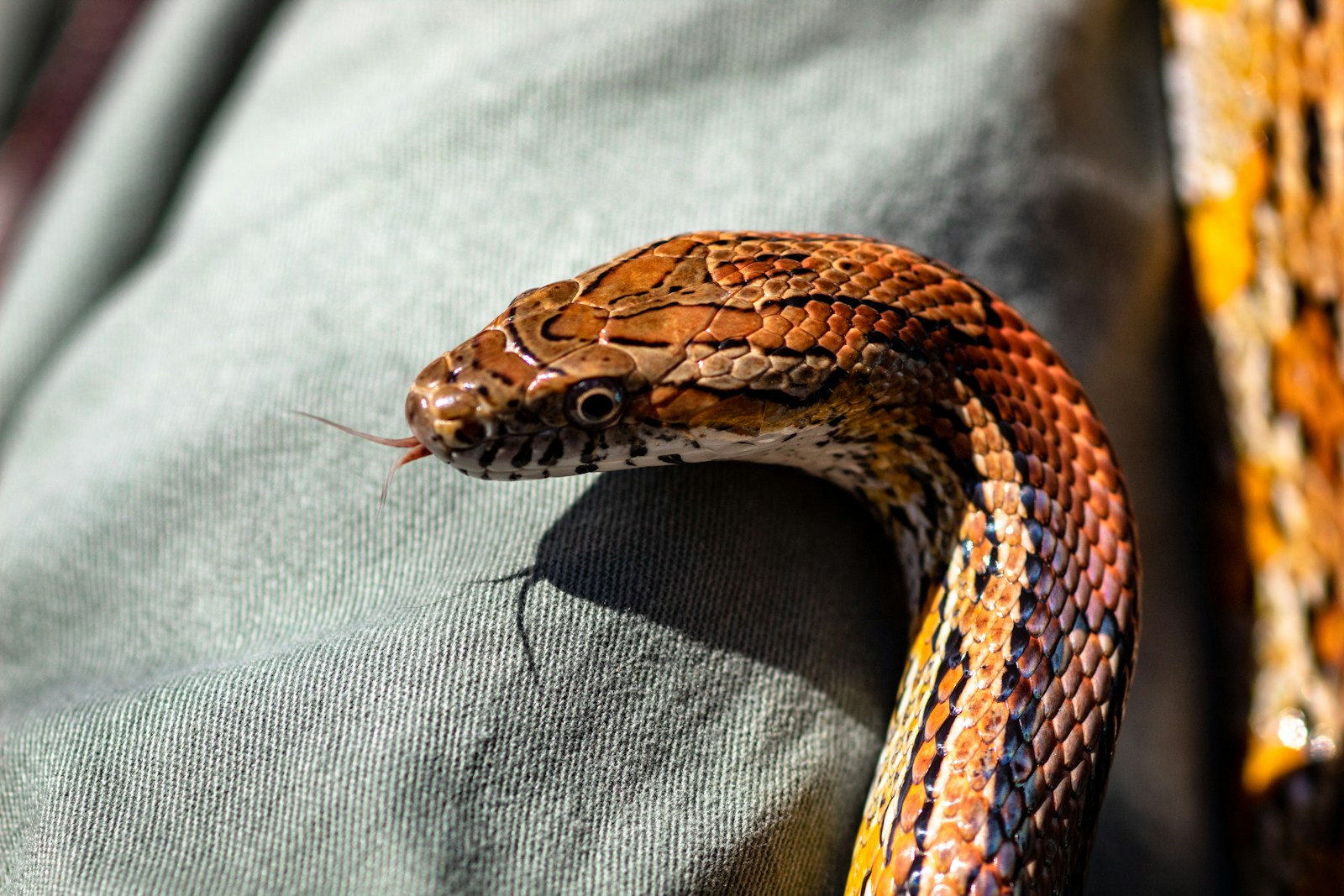
Maintaining enclosures with deep substrate presents unique challenges that require specific husbandry adaptations. Spot cleaning becomes more complex when waste materials may be buried or incorporated into burrows, requiring careful observation and selective substrate replacement. Complete substrate changes are more labor-intensive and potentially stressful for the animal, leading many experienced keepers to adopt partial replacement schedules where portions of substrate are refreshed on a rotating basis. Bioactive setups incorporating beneficial microorganisms and invertebrates can help process waste naturally in deep substrate systems, though these require careful planning and monitoring. For species requiring very deep substrate, some keepers employ false bottom designs that reduce overall weight while maintaining appropriate depth, using lightweight materials beneath the actual substrate layer.
The remarkable diversity of snake species has produced equally diverse requirements for their captive care, with substrate depth representing a critical yet often overlooked aspect of proper husbandry. From desert specialists that have evolved specialized scales and behaviors for “swimming” through sand to arboreal species that rarely touch the ground, understanding and accommodating these differences directly impacts a snake’s physical health, psychological wellbeing, and ability to express natural behaviors. Rather than viewing appropriate substrate depth as optional or purely aesthetic, responsible keepers recognize it as a fundamental aspect of species-specific care that directly influences everything from thermoregulation to stress levels and reproductive success. By recreating the substrate conditions these animals have evolved to thrive in, we not only improve their quality of life but also gain the privilege of observing the fascinating natural behaviors that make each snake species unique.

